Researchers’ Perspectives on Supply Chain Risk Management
The article on review today serves two distinct needs, by summarizing the current (2012) state of supply chain risk management.
The title of the article implies, that this is only a summary relevant for researchers. But this is not the case: of course there is also a short summary of current research and supply chain risk management, but a major part consists of two focus groups with practitioners and researchers, to define the current gaps in supply chain risk management.
The full length article can be found here.
Objective and methodology
There is a huge diversity in the topics, opinions, and research methodologies in the field of supply chain risk management. This is only natural, since research in supply chain risk management is still in a very early stage.
However it helps, once every couple of years, to summarize the current state-of-the-art and to categorize the most influential thoughts. These summaries help to focus research efforts and guide them within predefined bounds.
The goal of the authors is to examine the diversity in scope and research tools. For this the authors use three steps:
- carry out direct observations of the researchers’ output (literature analysis);
- gather evidence through surveys of focus groups of researchers aided by open- ended questionnaires; and
- seek confirmation and additional information through a formal survey of a large group of researchers.
Results: diversity in scope and research tools
Figure 1 summarizes some of the most often used definitions for supply chain risk. The listing shows that there is still a large variety in definitions of risk.
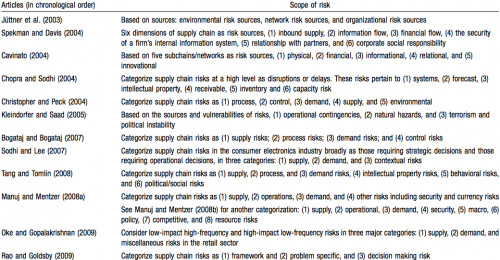
Figure 1: Literature: Research Definitions for Supply Chain Risk (Sodhi, Son, Tang, 2012)
Figure 2 highlights different research methodologies which are employed in literature. As you can see a large proportion is focused on conceptual work.
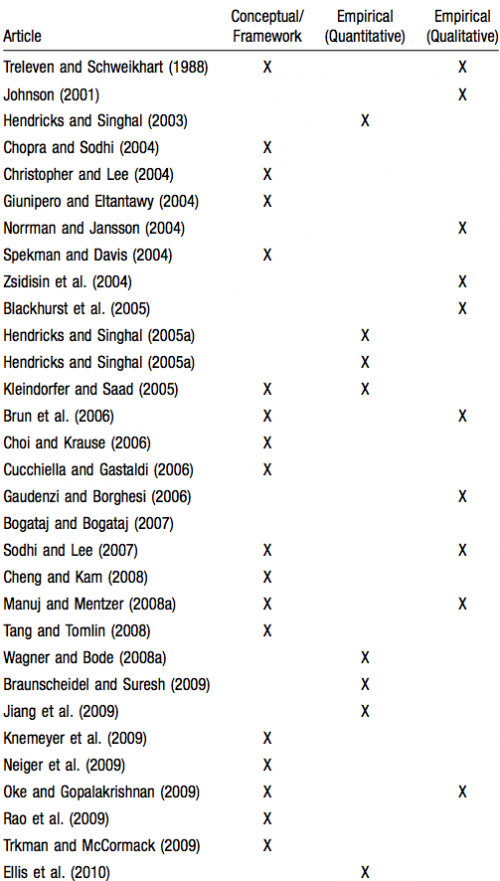
Figure 2: Literature: Methods employed in Literature (Sodhi, Son, Tang, 2012)
Results: definition gap
The authors presented three open-ended questions to a practitioners’ focus group.
The first question was: what is supply chain risk management?
Figure 3 summarizes the results highlighting the fact, that most practitioners see supply chain risk management concerned mostly with the variations of supply and demand.
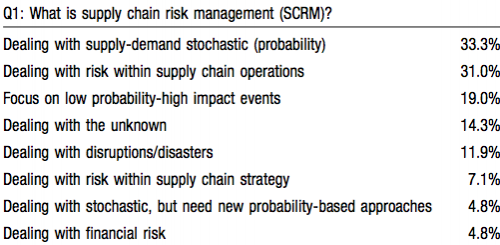
Figure 3: Practitioners: What is Supply Chain Risk Management? (Sodhi, Son, Tang, 2012)
The second question revolves around the classification of supply chain risk management in regards to other management areas. For most respondents SCRM is seen as a subset of supply chain management.

Figure 4: Practitioners: How does SCRM relate to SCM? (Sodhi, Son, Tang, 2012)
The answers to the last question shows that supply chain risk management is also seen as a subset of the enterprise risk management (ERM).

Figure 5: Practitioners: How does SCRM relate to Enterprise Risk Management? (Sodhi, Son, Tang, 2012)
Results: research survey
Building on the prior results, the authors conducted a small survey using seven questions/statements regarding the current state of supply chain risk research.
Figure 6 lists the questions.

Figure 6: Researchers Questionnaire (Sodhi, Son, Tang, 2012)
As you can see the questions are mostly normative, looking for answers on how things should be.
The results therefore are meant to close the gaps.
According to the survey supply chain risk should be concerned with dealing with unknown, disruptions/disasters/low probability, high-impact events (figure 7).
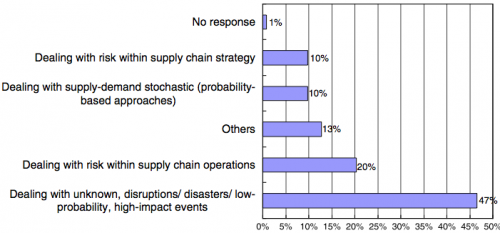
Figure 7: Researchers: Definition of Supply Chain Risk Management (Sodhi, Son, Tang, 2012)
There still is an agreement towards the process Gap, even though it is not as pronounced. The answers however are not very clear as well (better foundation of SCRM, closer industry collaboration and case-studies, better way to publish and share research).
Figure 8 collects the answers to the question on how the methodology gap should be remedied.
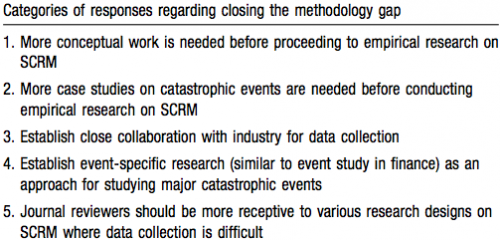
Figure 8: Researchers: How should the Methodology Gap be addressed? (Sodhi, Son, Tang, 2012)
The focus should still be on qualitative empirical work (case studies and similar methods) to gather more insights about supply chain risk management practices first.
Conclusion
Supply chain risk management has been around for about one decade now. Considering the complexities of the field it has had a good start up to now. It is only natural that there are still many missing pieces that have to be found and linked together to generate a comprehensive picture of supply chain risk in a descriptive and normative way.
Supply chain risk management is not always established as a distinct function/department in companies. So it seems that businesses do not agree on how to integrate supply chain risks into their decision-making processes. It shouldn’t come as a surprise that descriptive research in supply chain risk management leads to a huge variety of results.
If you want, you can learn more about Practitioner Views on Supply Chain Risk Management.
Sodhi, M.S., Son, B-G., & Tang, C.S. (2012). Researchers’ Perspectives on Supply Chain Risk Management Production and Operations Management, 21 (1), 1-13








Add new comment